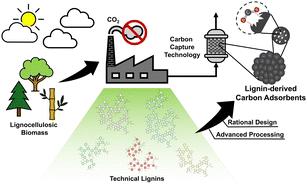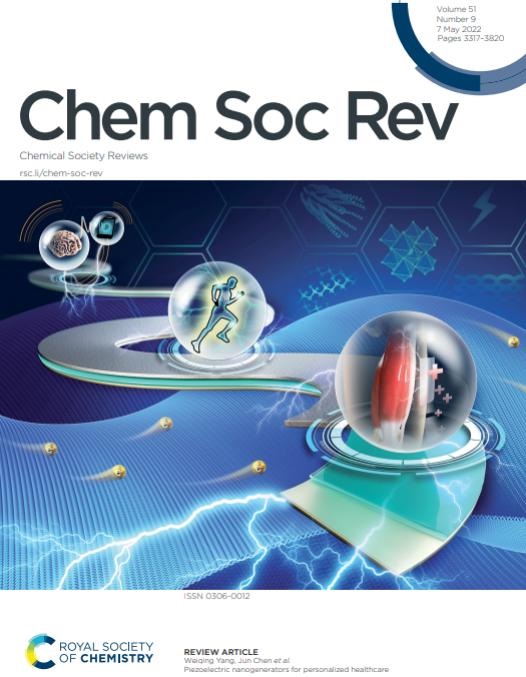Lignin-based porous carbon adsorbents for CO2 capture
IF 40.4
1区 化学
Q1 CHEMISTRY, MULTIDISCIPLINARY
引用次数: 0
Abstract
A major driver of global climate change is the rising concentration of atmospheric CO2, the mitigation of which requires the development of efficient and sustainable carbon capture technologies. Solid porous adsorbents have emerged as promising alternatives to liquid amine counterparts due to their potential to reduce regeneration costs. Among them, porous carbons stand out for their high surface area, tailorable pore structure, and exceptional thermal and mechanical properties, making them highly robust and efficient in cycling operations. Moreover, porous carbons can be synthesized from readily available organic (waste) streams, reducing costs and promoting circularity. Lignin, a renewable and abundant by-product of the forest products industry and emerging biorefineries, is a complex organic polymer with a high carbon content, making it a suitable precursor for carbon-based adsorbents. This review explores lignin's sources, structure, and thermal properties, as well as traditional and emerging methods for producing lignin-based porous adsorbents. We examine the physicochemical properties, CO2 adsorption mechanisms, and performance of lignin-derived materials. Additionally, the review highlights recent advances in lignin valorization and provides critical insights into optimizing the design of lignin-based adsorbents to enhance CO2 capture efficiency. Finally, it addresses the prospects and challenges in the field, emphasizing the significant role that lignin-derived materials could play in advancing sustainable carbon capture technologies and mitigating climate change.

用于捕获二氧化碳的木质素基多孔碳吸附剂
全球气候变化的一个主要驱动因素是大气中二氧化碳浓度的不断上升,要缓解这一问题,就必须开发高效、可持续的碳捕获技术。固体多孔吸附剂由于具有降低再生成本的潜力,已成为液态胺类吸附剂的理想替代品。其中,多孔碳因其高比表面积、可定制的孔隙结构以及优异的热性能和机械性能而脱颖而出,使其在循环操作中非常坚固和高效。此外,多孔碳还可以用现成的有机(废料)流合成,从而降低成本并促进循环利用。木质素是林产品工业和新兴生物炼制厂的一种可再生且含量丰富的副产品,是一种含碳量较高的复杂有机聚合物,因此适合用作碳基吸附剂的前体。本综述探讨了木质素的来源、结构和热特性,以及生产基于木质素的多孔吸附剂的传统和新兴方法。我们研究了木质素衍生材料的物理化学特性、二氧化碳吸附机理和性能。此外,综述还重点介绍了木质素价值化的最新进展,并为优化木质素基吸附剂的设计以提高二氧化碳捕集效率提供了重要见解。最后,综述探讨了该领域的前景和挑战,强调了木质素衍生材料在推进可持续碳捕集技术和减缓气候变化方面可发挥的重要作用。
本文章由计算机程序翻译,如有差异,请以英文原文为准。
求助全文
约1分钟内获得全文
求助全文
来源期刊

Chemical Society Reviews
化学-化学综合
CiteScore
80.80
自引率
1.10%
发文量
345
审稿时长
6.0 months
期刊介绍:
Chemical Society Reviews is published by: Royal Society of Chemistry.
Focus: Review articles on topics of current interest in chemistry;
Predecessors: Quarterly Reviews, Chemical Society (1947–1971);
Current title: Since 1971;
Impact factor: 60.615 (2021);
Themed issues: Occasional themed issues on new and emerging areas of research in the chemical sciences
 求助内容:
求助内容: 应助结果提醒方式:
应助结果提醒方式:


